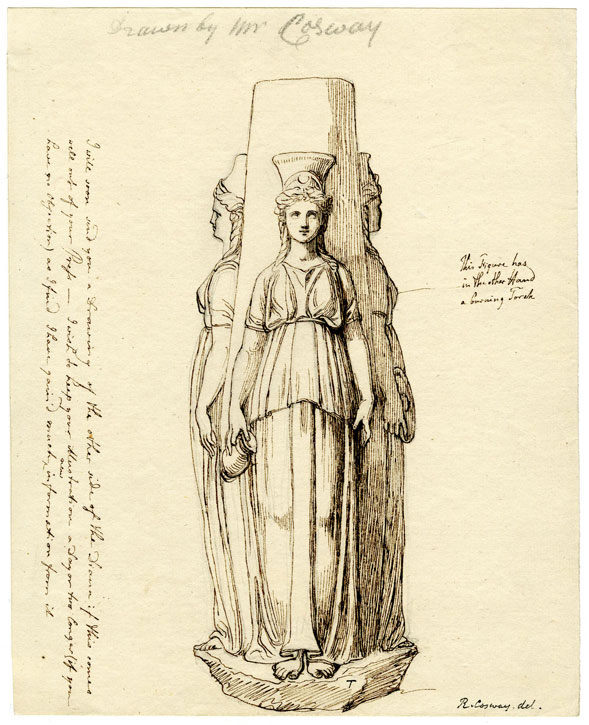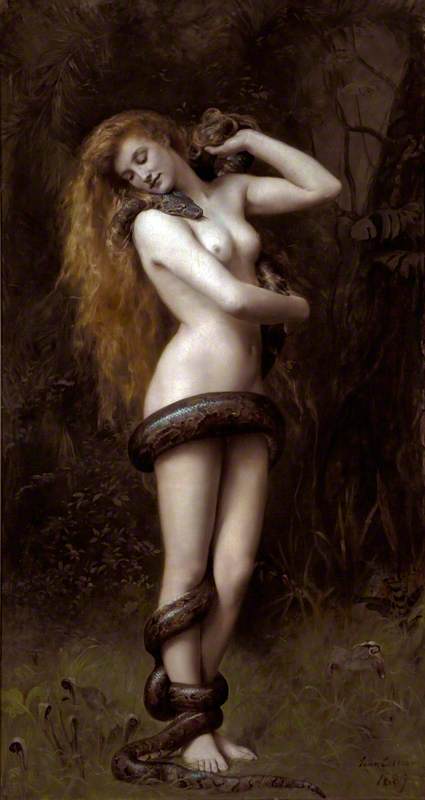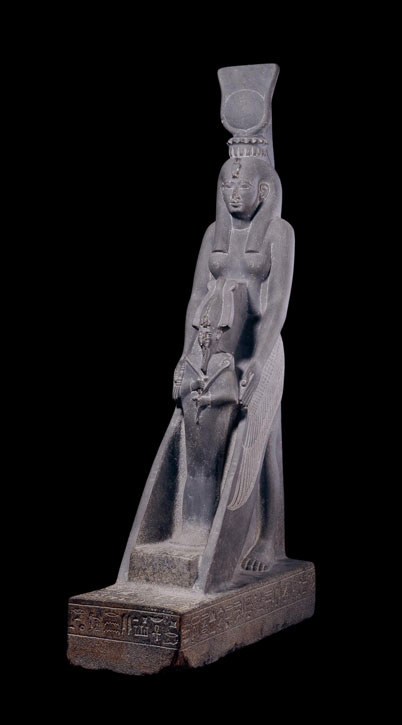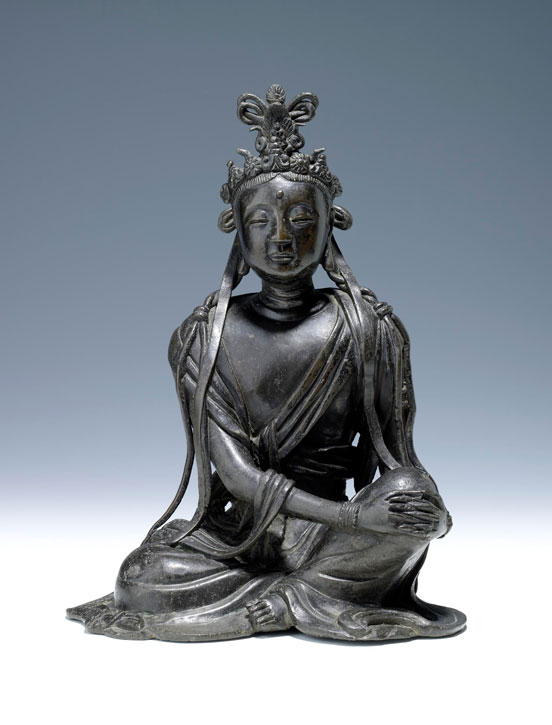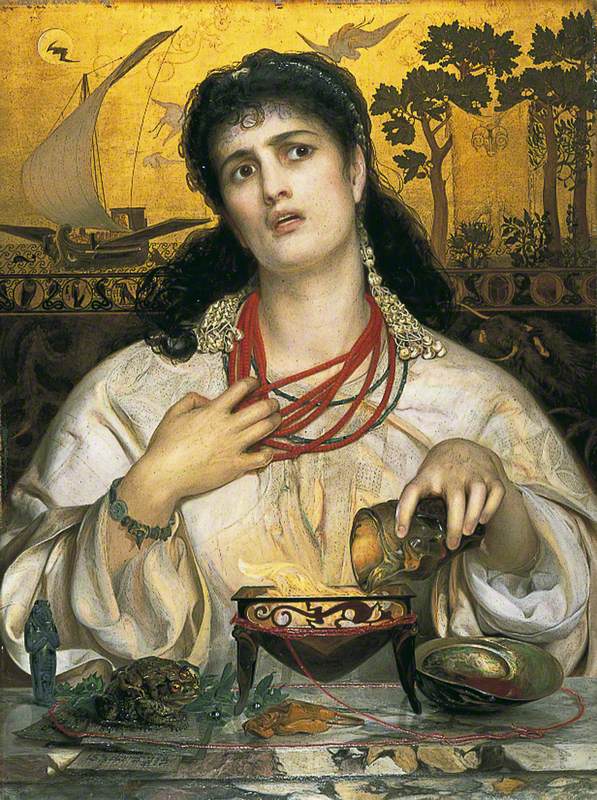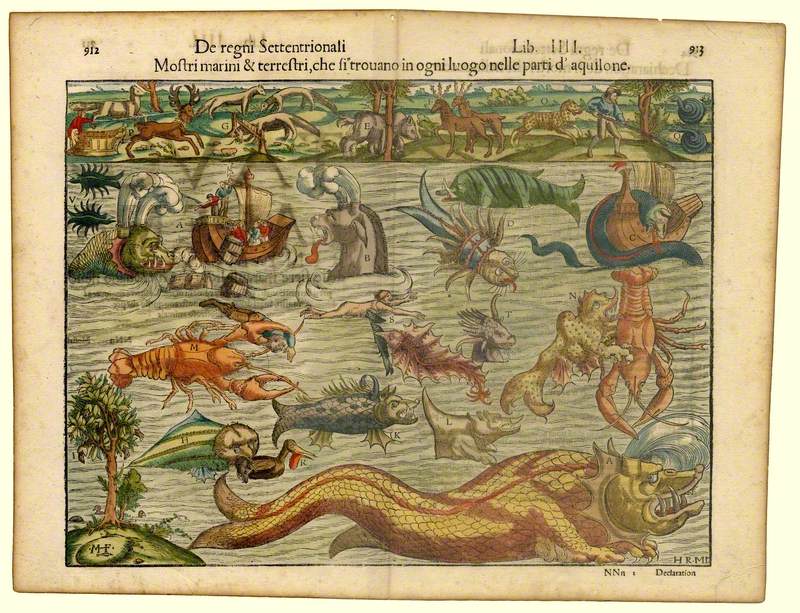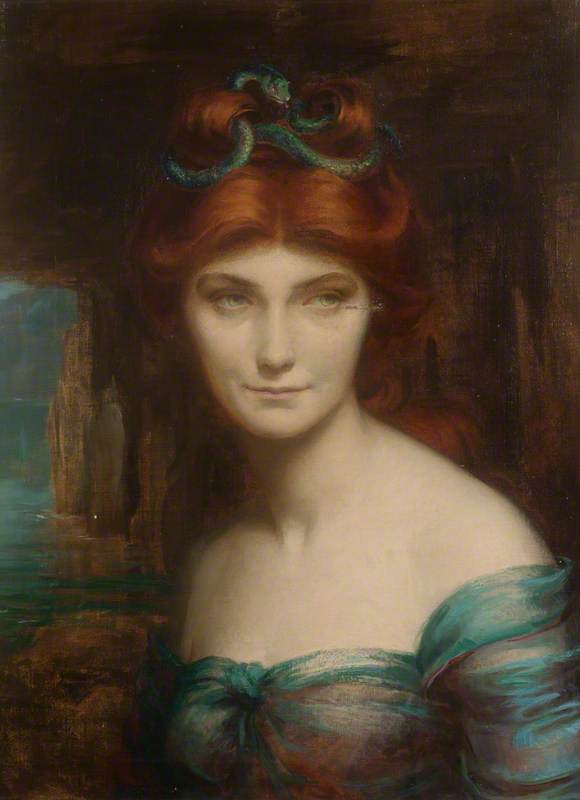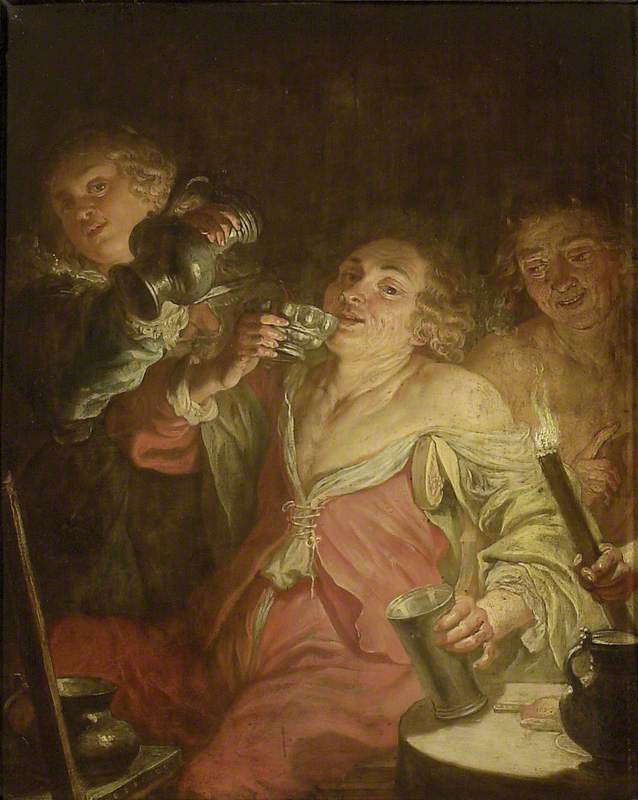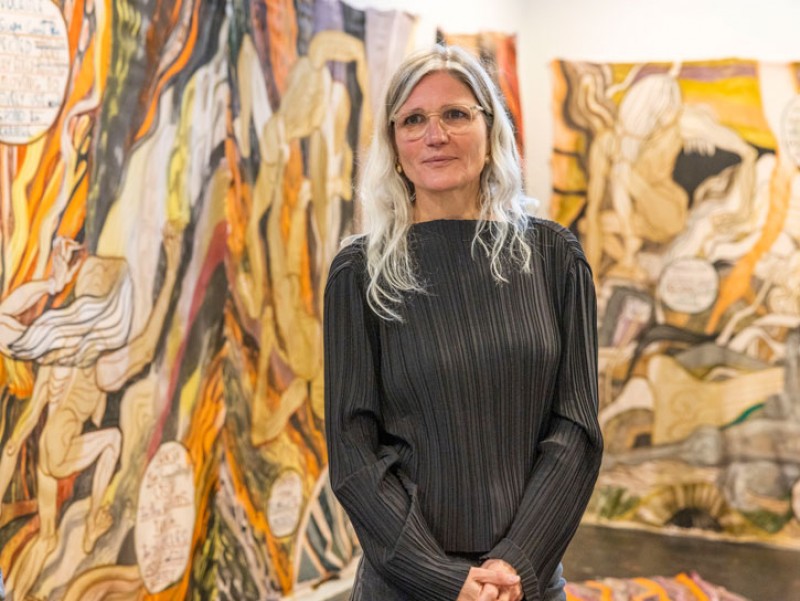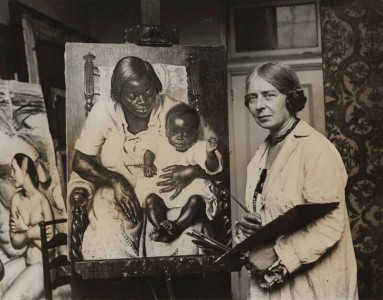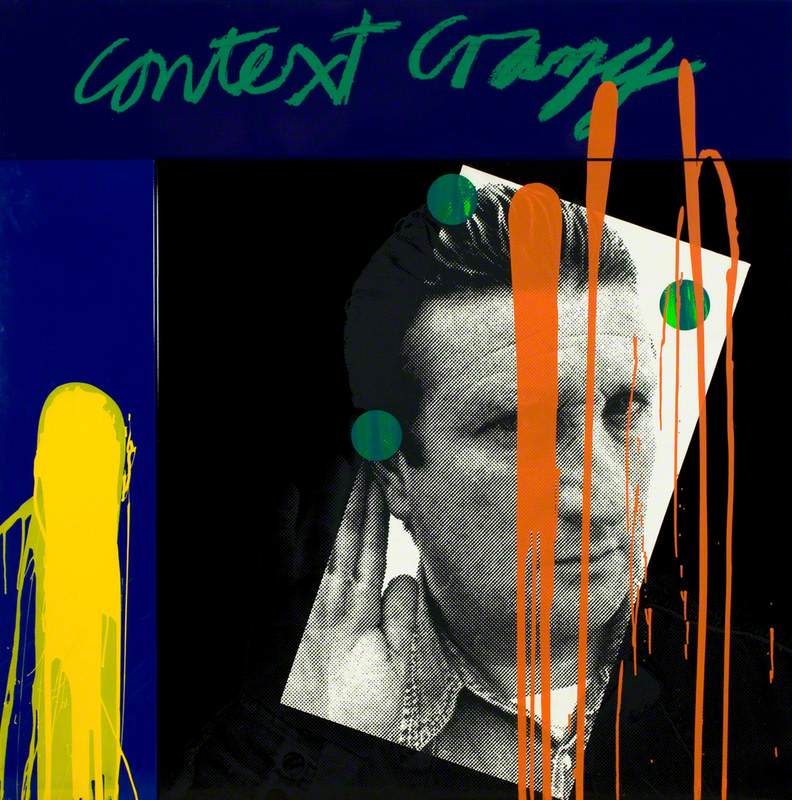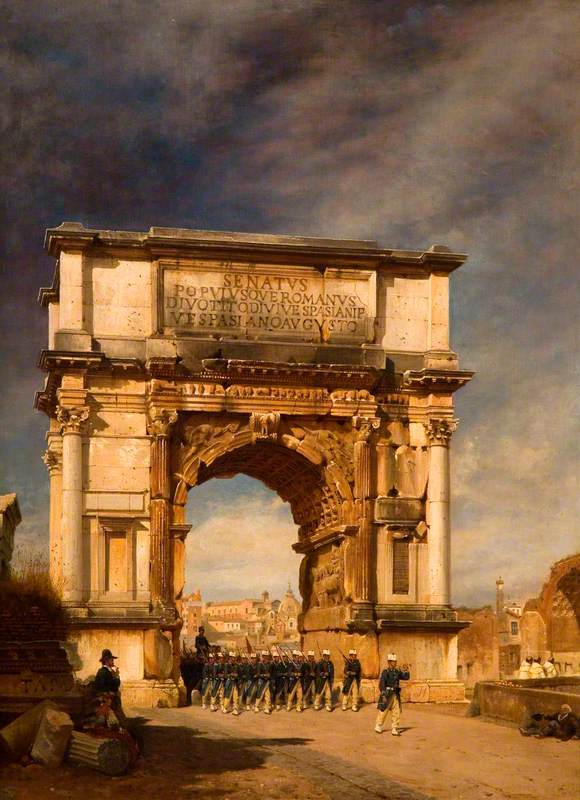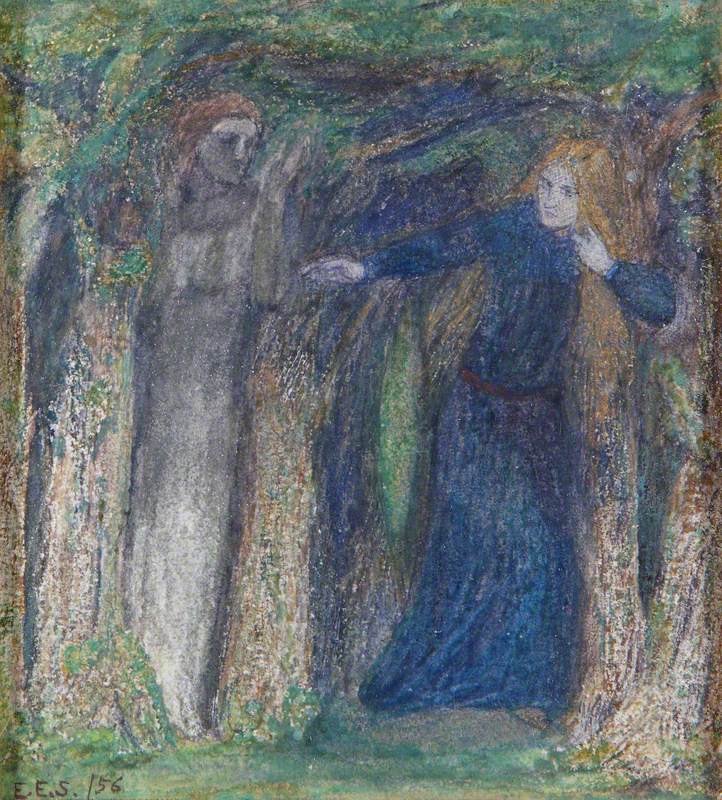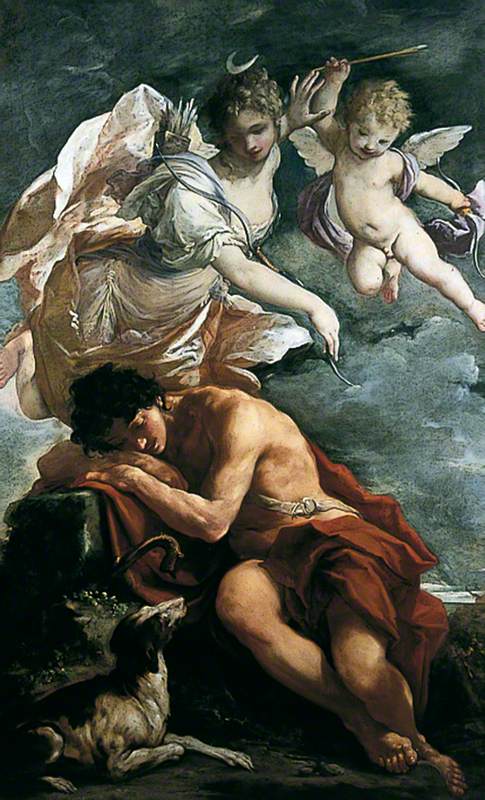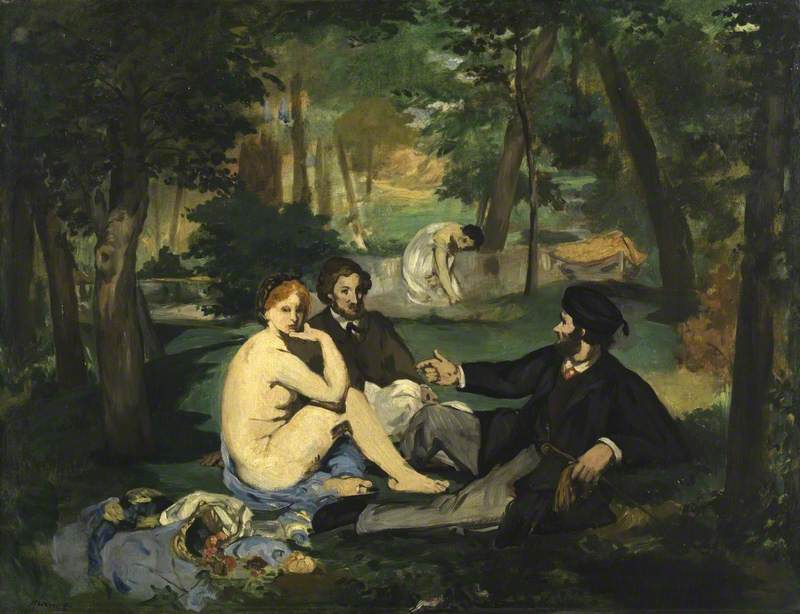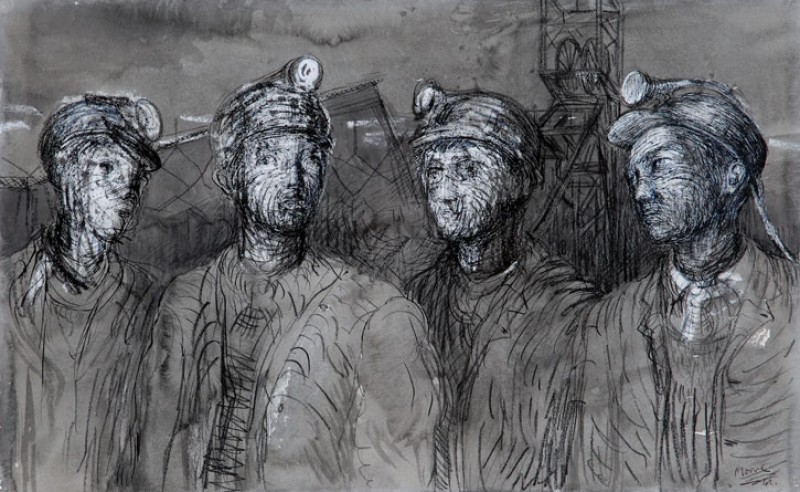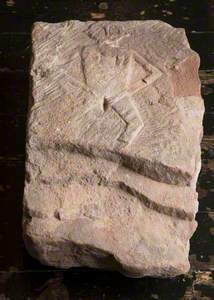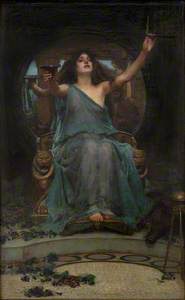People talk of being at a crossroads, a state the ancient Greek goddess Hekate knew well. According to myth, the goddess of witchcraft stood between life and death at the entrance to the underworld. Early representations on Greek vases show a single figure in a long robe holding flaming torches, while later Roman statues depict her in triple form, with three bodies back-to-back, keeping watch in all directions. She is a goddess of transition. A beacon of light and a harbinger of darkness. A multifaceted woman.
'Feminine power: the divine to the demonic' takes as its starting point goddesses and sorceresses from different faiths, cultures and times. Bringing together old and new artefacts, sculptures and artworks created to either honour or represent such spiritual beings, the exhibition, which runs at the British Museum until 25th September, explores shifting perspectives on femininity, feminine authority and gender across the ages.
Co-curated by Belinda Crerar and Lucy Dahlsen, the show unfolds in five themed sections and melds art history with the contemporary spiritual perspective of religious communities and the personal responses of five guest contributors. Throughout, complex questions are posed about power, desire, magic, justice and compassion. We're told not to expect simple answers.
'Are sex and desire what underpin civilization or what terribly disrupt it?' asks one contributor, the classicist Mary Beard. Sheela-na-gigs, stone carvings of female figures with conspicuous vulvas, adorned churches and secular buildings across medieval Ireland, Britain, France and Spain.
Some believe they were Christian warnings against lust, while others understand them to be symbols of fertility. Near the Sheela-na-gig at the British Museum, a Roman statue shows Venus, goddess of passion, stepping out of her bath. Whether she's trying to shield her naked body or to draw attention to it is also up for debate.
Venus
c.100–150, marble statue after a lost Hellenistic Greek original statue 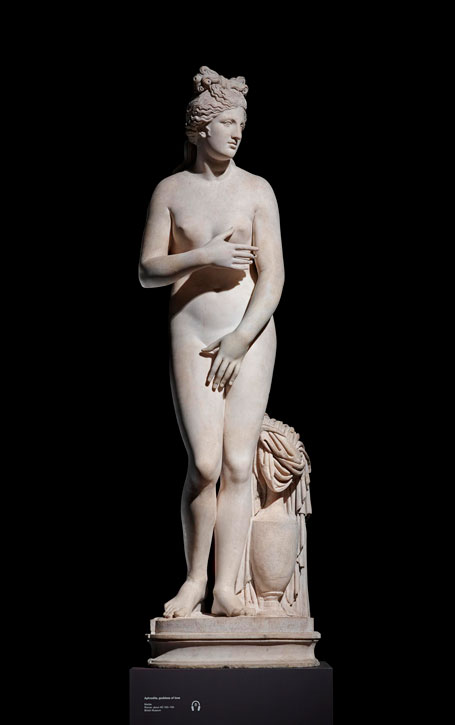
Female deities and spiritual figures have been alternatively worshipped and vilified on account of their passion. It's only recently that Lilith, identified in Jewish demonology as the first wife of Adam, has been fêted as an icon of female independence.
The story goes that when Adam insisted she lie beneath him during sex she refused and fled from the Garden of Eden. A 1994 bronze by Kiki Smith shows her with piercing blue eyes, crouching high up on a wall, out of reach of the male gaze. She is, Smith says, 'an early figure of defiance, a spirit that wreaks havoc and refuses to be subjugated'.
Lilith
1994, bronze & glass by Kiki Smith (b.1954) 
One of the earliest surviving images of the Fall is a tiny Roman gemstone carved between AD 200 and 400 showing Eve plucking the forbidden fruit from the tree. Beside it is The Fall of Man (c.1500–1515) by Lucas Cranach the elder, which captures Eve being tempted by the serpent.
The Fall of Man
c.1500–1515, woodcut on paper by Lucas Cranach the elder (1472–1553) 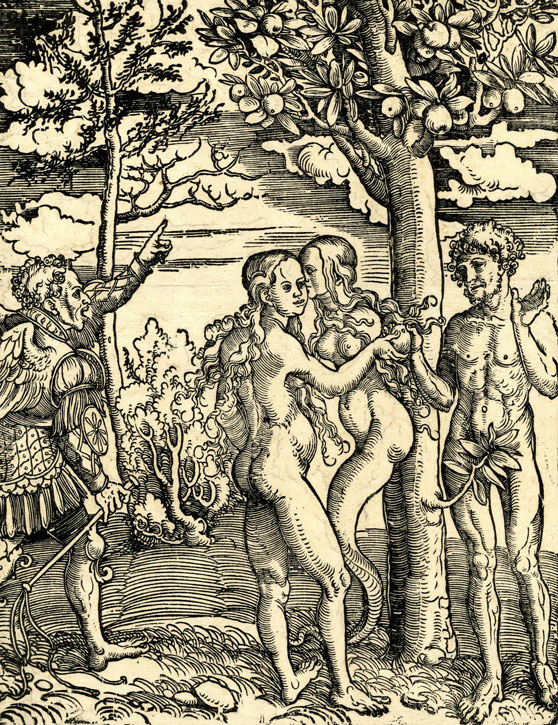
'Although it isn't mentioned in scripture, the story has been embellished over the centuries and exaggerated to present Eve as a temptress who seduces Adam into sin,' says Dahlsen. In Cranach's print, the serpent is female, whispering to Eve as she hands the fruit to Adam, seemingly blameless. It is, adds Dahlsen, an image that emphasises 'innate female deviousness'.
Female power is often associated with nature, and like nature itself, a wall text informs us that goddesses and female spirits can be creative and destructive at once.
Sedna
carved stone sculpture by Lukassie Kenojuak 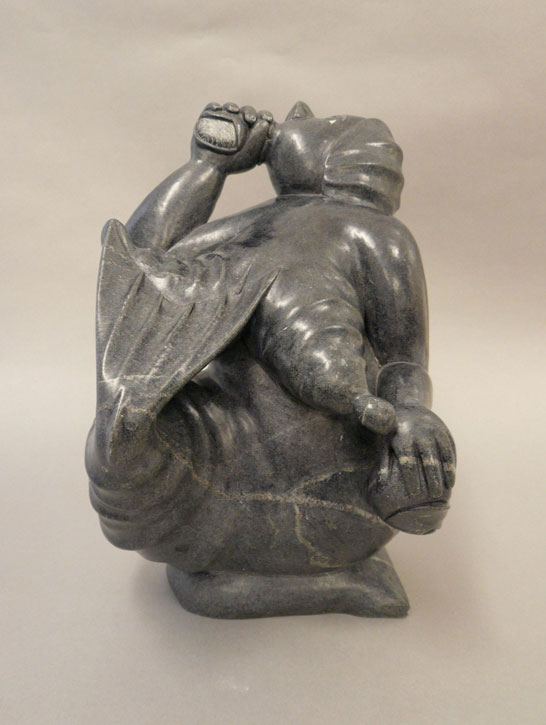
The goodwill of Sedna, part-woman, part-seal, is said to be vital to the success of Inuit huntsmen; if her beloved sea creatures are disrespected, she will tangle them up in her tresses and keep them hidden.
Tiare Wahine (Pele)
2011, carved wood sculpture by Tom Pico (b.1950) 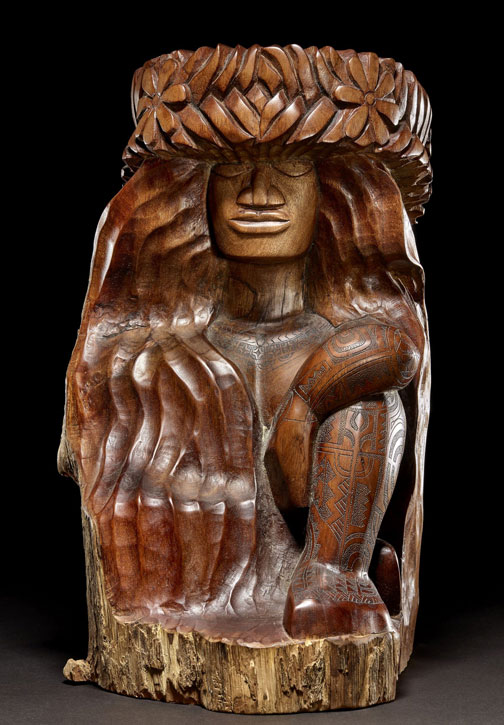
Pele, the fierce-tempered Hawaiian goddess of volcanoes, is said to create new life after an eruption – a scene replayed in Judy Chicago's The Creation (1985), which depicts a female deity giving birth to flora and fauna while her left breast erupts.
The Creation
1985, coloured screen print on paper by Judy Chicago (b.1939) 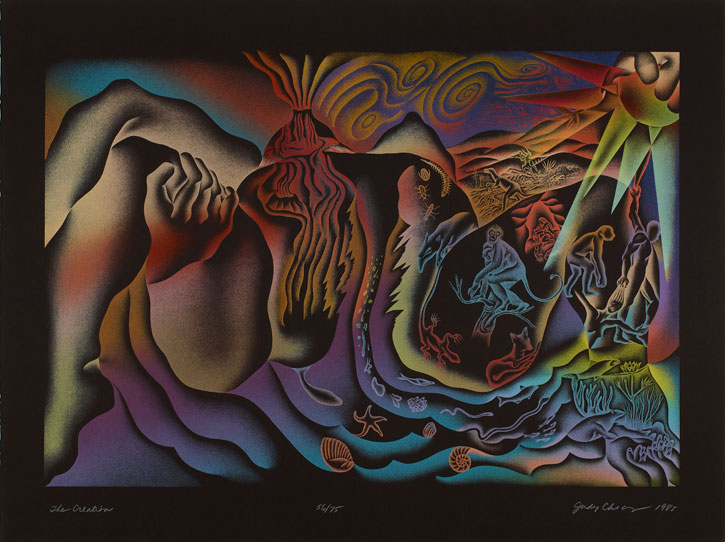
'Whether she's nurturing or whether she's a warrior, she is active,' says the writer and comedian Deborah Frances-White. 'There's no passivity.' Kindness and care have long been associated with female figures, and today such traits are undervalued.
Isis, the Egyptian goddess associated with healing and protection in this life and the next, is represented in stone with her wings guarding the mummified body of Osiris, ruler of the afterlife.
A large bronze sculpture shows Guanyin, honoured in Chinese Buddhism as the bodhisattva (an enlightened being) of compassion, sitting on a lotus, head dipped in meditation. Hekate herself appears in the section devoted to magic and malice, alongside 'diabolical goddesses, female monsters, demons and witches' known for taking vengeance but also providing protection.
Circe, who in Homer's Odyssey (eighth century BC) used magic to turn men into animals, is represented in an 1891 oil painting by John William Waterhouse. Settled on a golden throne in a sheer blue dress, poisoned chalice in one hand, wand in the other, she's both alluring and menacing; two of Odysseus's crew, transformed into pigs, lounge at her feet. 'What I particularly like about Waterhouse's depiction is that he's chosen the moment in the story when Circe is unambiguously at the height of her authority,' says Crerar. 'She isn't trying to hide her power.'
The strength of women shines brightest in the figure of Kali, adored and feared for her power and aggression. The British Museum commissioned an effigy of the Hindu goddess by the Bengali artist Kaushik Ghosh, which shows her trampling Shiva. Wearing a necklace of severed heads and brandishing a bloodied sword, she stares at us, wide-eyed, scarlet tongue lolling out of her mouth. She is a warrior here to invoke justice and create change.
Kali Murti
2022, fibreglass (resin-based) by Kaushik Ghosh 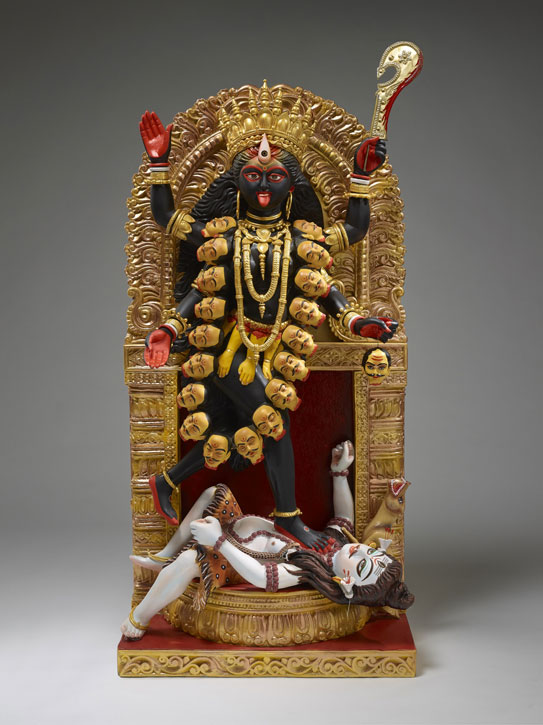
The exhibition looks to the past to define the future, connecting, for example, the fear of witchcraft that spread between the late 1500s and 1800 with the way in which women who transgress society's standards of behaviour are othered and shamed in the twenty-first century.
Engaging different cultures and spiritual traditions, 'Feminine power' demonstrates that a range of beliefs about the divine feminine have always existed. It presents a powerful – and powerfully diverse – image of femininity that is complicated, contradictory and ever-changing.
Chloë Ashby, freelance writer
'Feminine power: the divine to the demonic' runs at the British Museum, London until 25 Sep 2022
